Published yesterday (16 February) and covering the 2020 calendar year, the report suggested that the top five most carbon intensive materials wasted in Scotland including paper, cardboard, plastic, metal, and animal and food waste accounted for only 46% of all household waste tonnage in 2020 but made up for 83% of the carbon impact.
According to ZWS, “this proves that householders should pay attention to what they waste, not just how much they produce”.
The Textile Recycling Association said the report showed that re-use, recycling, and improving resource efficiency could “dramatically” reduce the carbon impacts of the fashion and textile industry.
The Scottish Government says it will establish an innovation fund to support initiatives that could help Scotland tackle textile pollution and “throw-away culture”.
‘Disproportionate’
Scotland’s Circular Economy minister, Lorna Slater, said: “Every material that is wasted comes at a cost to our planet, but it’s clear that textiles are having a disproportionate impact.

“That’s why we are establishing an innovation fund to support initiatives that could help Scotland tackle textile pollution and throw-away culture.
“We want Scotland to have an economy where materials remain in use for as long as possible. This won’t just reduce Scotland’s carbon footprint, it will also provide economic opportunities in re-use and remanufacturing.
“To help deliver this agenda, I am currently preparing plans for an ambitious Circular Economy Bill that will be published for consultation in due course.”
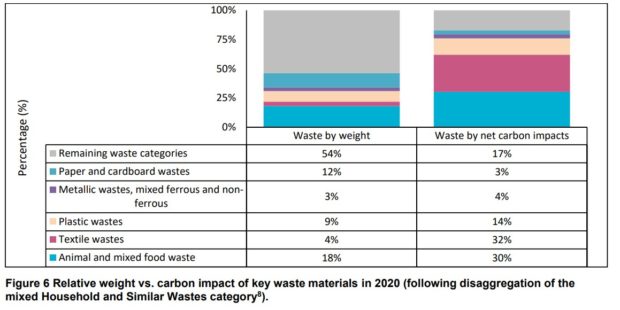
Report
The carbon impact of household waste in Scotland in 2020 grew by 3.2%, according to the report.
This was put down to Covid-19 lockdowns which saw more people staying at home and recycling centres close temporarily.
As outlined below, the spike in carbon emissions from textiles was brought on by a 4,800 tonne increase in textile waste, while 1,600 fewer tonnes were recycled as export markets were disrupted and 7,500 tonnes more were incinerated.
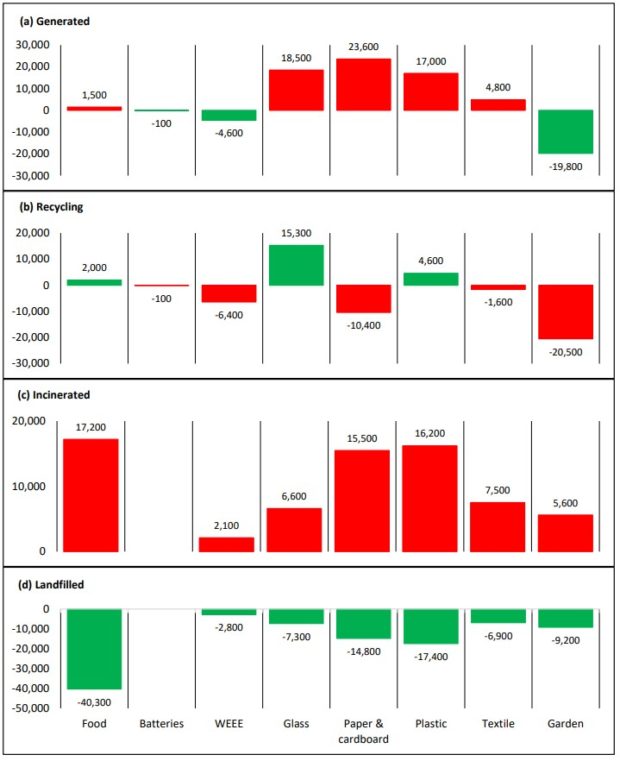
While most material streams saw a rise in tonnage generated, streams such as glass and plastic recorded a rise in tonnage recycled, softening the carbon impact of these steams.
Pandemic
Iain Gulland, chief executive of ZWS, said: “The first year of the pandemic saw us all having to change our way of living almost overnight – this included working from home to a rise in online shopping, which of course resulted in a spike in household waste. This has contributed to an increase in our own individual carbon footprint.
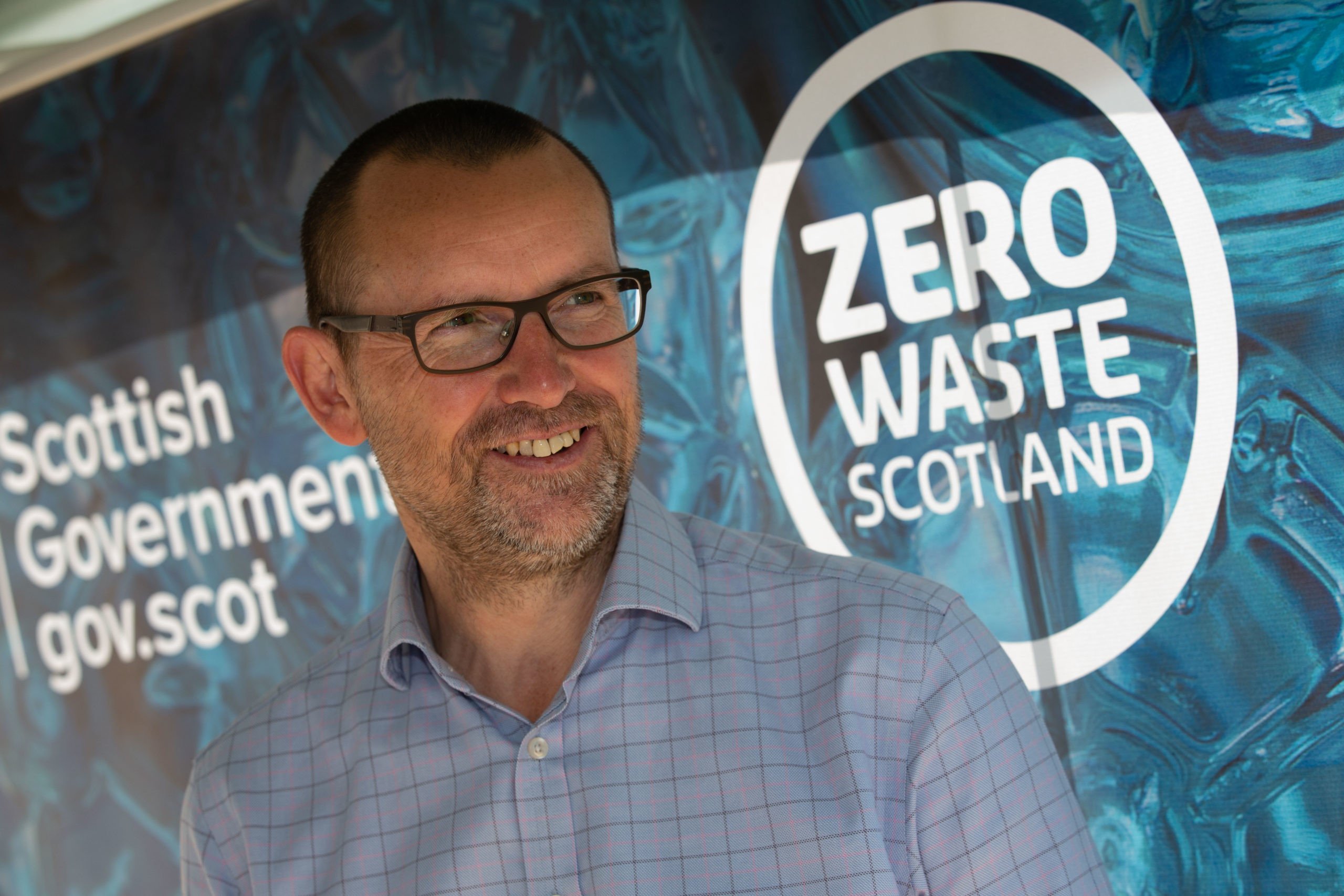
“Every person in Scotland is responsible for 18.4 tonnes of materials every year and it is these products and materials which make up around 80% of Scotland’s carbon footprint.
“I commend the brilliant efforts by households to reuse and recycle, when possible, but Zero Waste Scotland believes the solution lies in the step before this.
“If we are serious about ending our contribution to the climate crisis we must live within our means and reduce our consumption in the first place – there is no time to waste.”
ZWS says that shopping “smarter” and wasting less will help to reduce the country’s carbon footprint and slow climate breakdown.
“It is essential to switch from a ‘make, use, dispose’ culture, referred to as the linear economy, to a more circular economy where the value of products and materials is maximised to make them last as long as possible,” ZWS added.
Legislation
The report is likely to spark renewed calls from the textile recycling sector to hasten legislation which would encourage greater recycling of used clothes.
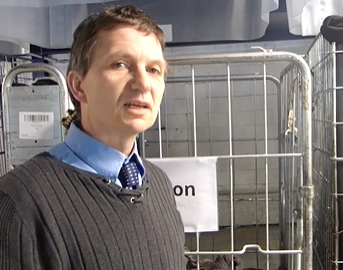
When leaving the EU, the UK committed to rolling out a separate collection of textiles by 2025.
In its consultation on extended producer responsibility for packaging, Defra also listed textiles was one of five areas where it would consider a UK-wide producer responsibility scheme.
Alan Wheeler, chief executive of the Textile Recycling Association, said: “The big positive that can be taken from this is that re-using, recycling and improving the resource efficiency can dramatically reduce the carbon impacts of the fashion and textile industry.
“We need to keep focusing on the really big issue here of the huge environmental impacts of fashion and textiles and not get bogged down on small issues that can rise to global attention but which disproportionately detract from the very important work that has to be done.”
Waste
Textile waste is a notoriously difficult issue to tackle, as despite awareness of the carbon impact, demand for ‘fast fashion’ has continued to rise.
The overwhelming majority of textiles recycled are sold as second-hand clothes to markets in Africa and the Middle East, meaning unlike other streams there are very few ‘end-to-end markets’.
The difficulty in reducing textile waste was highlighted recently by WRAP, which through its Sustainable Action Clothing Plan 2020 was able to reduce carbon and water footprints by 21% and 15% respectively, but just 4% for textile waste (see letsrecycle.com story).





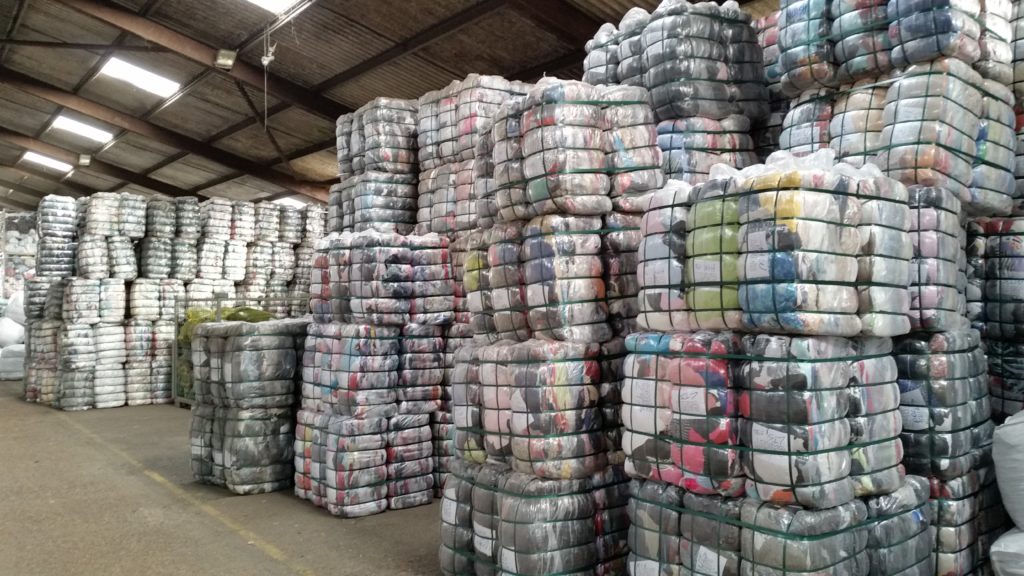

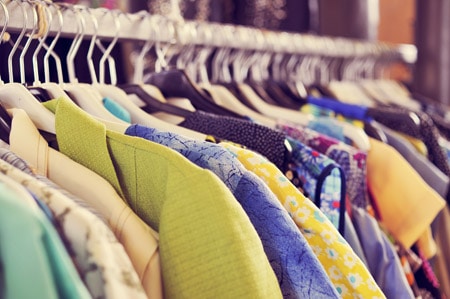
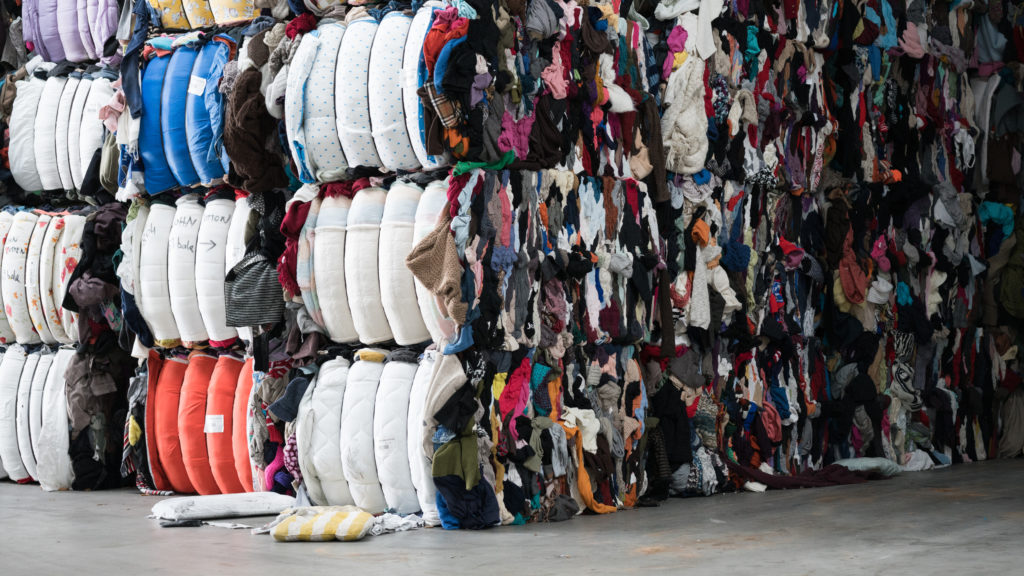
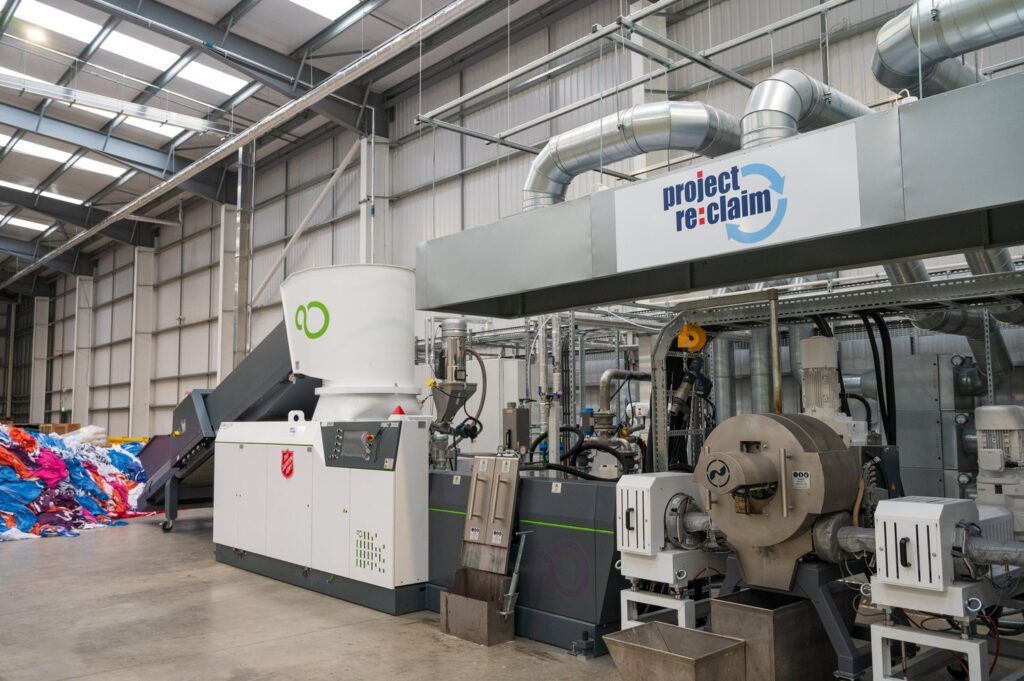


Subscribe for free